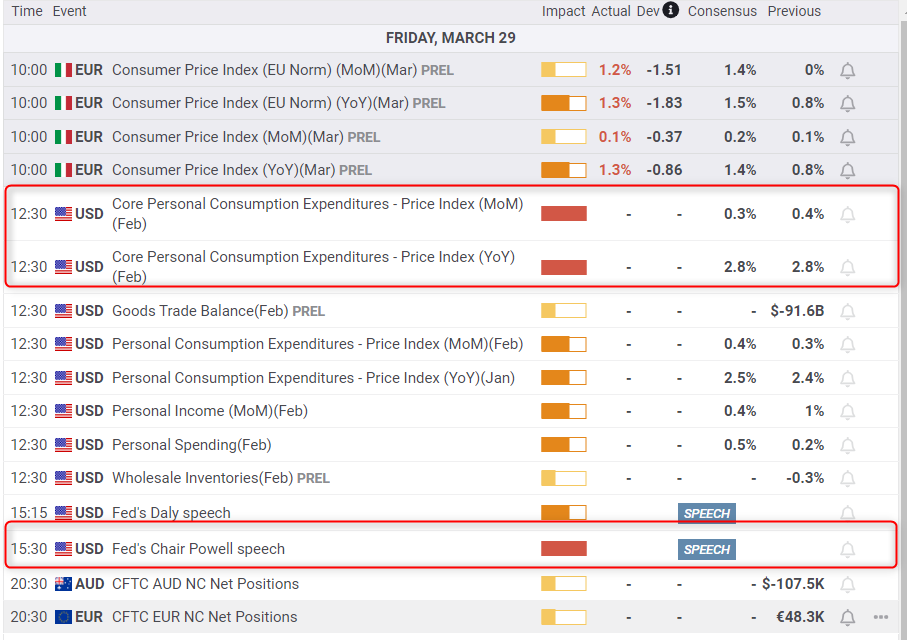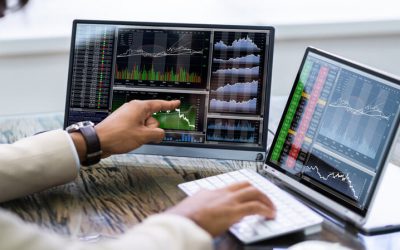
News trading ranks among the most popular strategies for traders, as it requires no expertise in technical analysis. The primary focus is on accurately predicting whether the final reading of a particular data release will surpass or fall short of the forecasted figure, and then acting accordingly.
Essentially, news trading involves buying or selling an asset before or during data releases. Typically, traders assess forecasts or the difference between them and the current reading to determine the direction of their positions.
Market participants can apply several news trading strategies. In this article, we’ll delve into some of the key ones.
Article content
News Trading Strategies: How to Prepare for Trading Important Market Data
Before diving into news trading, it’s crucial for traders to review the economic calendar to identify upcoming significant data releases. For instance, on a given day, there may be three key fundamentals to focus on (although this number may vary depending on the date or day of the week).
The essential parameters that traders should pay attention to include:
- Time;
- Event;
- Impact;
- Previous;
- Consensus;
- Actual.
Typically, when the actual result exceeds the consensus forecast, the asset tends to rise. Conversely, if the actual result falls short of the consensus forecast, the asset tends to decline.
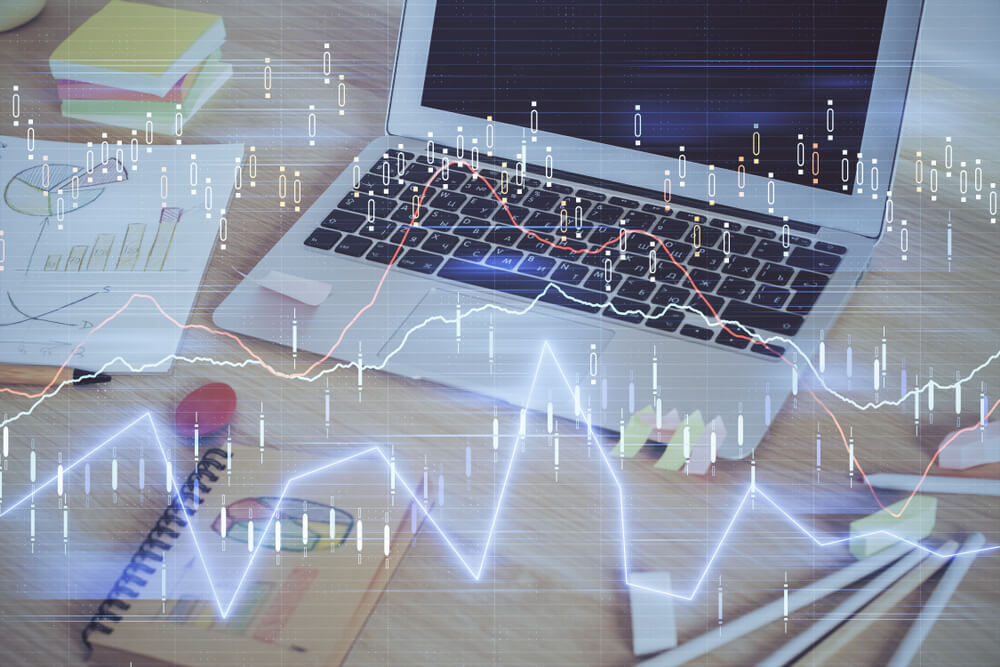
Four News Trading Strategies to Add to Your Trading Routines
When it comes to news trading, traders use four main strategies to enter the market. The difference between them lies in the level of risk that a market participant takes and the time when they join the price movement. Let’s delve into these basic news trading strategies.
Buying or Selling Before the Release
This strategy involves entering the market by buying or selling positions before the data release. Traders place their orders several minutes ahead of the announcement to mitigate potential risks such as slippage or spread widening. However, there’s a risk of failure if the actual figures deviate from expectations.
Placing Orders at the Moment of Release
In this approach, traders execute trades precisely at the moment the news is released. While this minimizes the risk of misjudging the outcome, trades may be executed at different prices due to slippage or wider spreads. It’s important to note that AMarkets always alerts its clients about such potential inconveniences.
Post-Release News Trading Strategy
Another approach for market participants to trade news involves buying or selling assets after the data is released. This method is often considered less risky because traders already know the actual figures. However, there’s a trade-off: traders may miss out on part of the price movement, and if they enter the market too late, they risk losing momentum altogether.
Using Limit Orders to Trade News
Last but not least, traders can place pending orders on both sides, aiming to cover either of the possible outcomes. Once data is released, a market participant closes one order and leaves another to let the profits run. While this method appears very effective, the problem here is that the initial momentum may be exhausted, and the price may reverse in the opposite direction.
These strategies offer varying levels of risk and reward, allowing traders to tailor their approach based on their risk tolerance and market conditions.
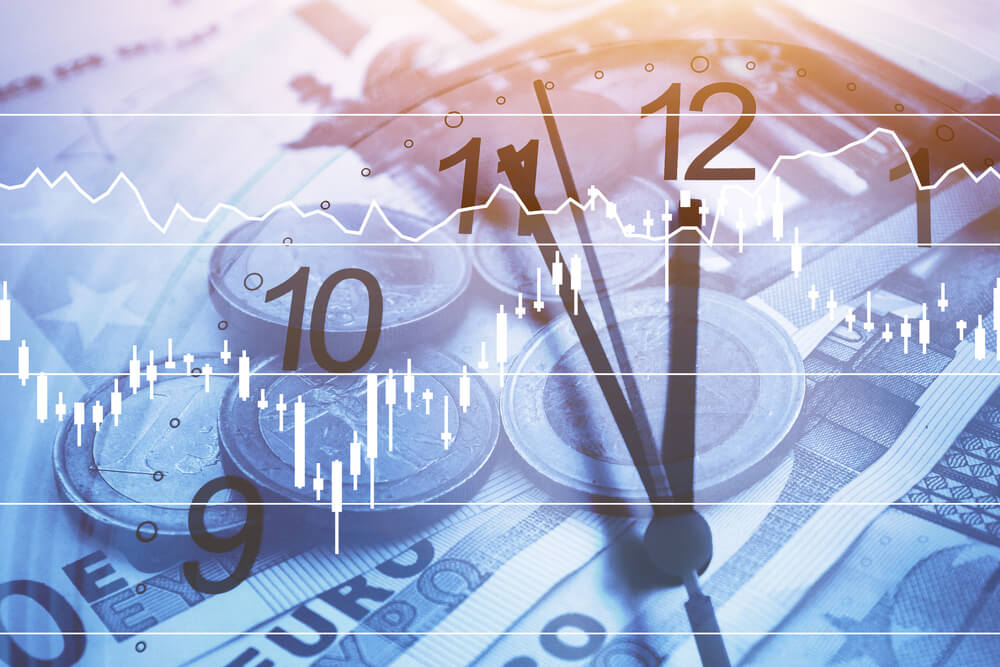
Key Data Releases for News Trading
In trading, certain economic data releases can have a significant impact on asset prices due to their influence on interest rates, economic growth, inflation, and central bank policy decisions. Here are some of the main events that traders often focus on:
- Non-Farm Payrolls (NFP). Published by the U.S. Bureau of Labor Statistics on the first Friday of each month, the NFP report provides data on employment levels, including non-farm payrolls, the unemployment rate, and average hourly earnings. It is a key indicator of the U.S. labor market’s health and can influence expectations regarding Federal Reserve monetary policy;
- Gross Domestic Product (GDP). GDP measures the total value of goods and services produced by a country and is a key indicator of economic performance. Releases of GDP data typically occur quarterly and provide insights into a country’s economic growth trajectory;
- Consumer Price Index (CPI). CPI measures changes in the price level of a basket of consumer goods and services and is a crucial gauge of inflation. Central banks, such as the Federal Reserve and the European Central Bank, closely monitor CPI data when making monetary policy decisions;
- Producer Price Index (PPI). PPI measures changes in the selling prices received by domestic producers for their output and is an indicator of inflationary pressures at the producer level. It can provide insights into future trends in consumer prices;
- Central Bank Interest Rate Decisions. Central banks, including the Federal Reserve, European Central Bank, Bank of England, Bank of Japan, and others, announce their monetary policy decisions periodically. Changes in interest rates or forward guidance provided by central banks can significantly impact currency values;
- Employment Data. Apart from the NFP report, other employment-related data such as unemployment claims, jobless rate, and job creation figures provide insights into the labor market’s health and can influence financial markets;
- Retail Sales. Retail sales data measures the total receipts of retail stores and is an indicator of consumer spending, which is a crucial component of economic activity. Higher-than-expected retail sales figures can signal economic strength and vice versa;
- Trade Balance: Trade balance data measures the difference between a country’s exports and imports. A positive trade balance (where exports exceed imports) can strengthen a national currency, while a negative balance may weaken it;
- Consumer Confidence Index (CCI). CCI measures consumers’ confidence in the economy and their willingness to spend. Higher consumer confidence can stimulate economic growth and strengthen a national currency;
- Manufacturing Purchasing Managers’ Index (PMI). PMI data gauges the performance of the manufacturing sector and provides insights into economic activity. A PMI reading above 50 indicates expansion, while below 50 suggests contraction.
Keep in mind that depending on the current economic state, the importance of data and events may vary. In some cases, labor market releases may lead to a roller coaster on the markets, while in other cases, even an NFP report may provoke minor fluctuations only.
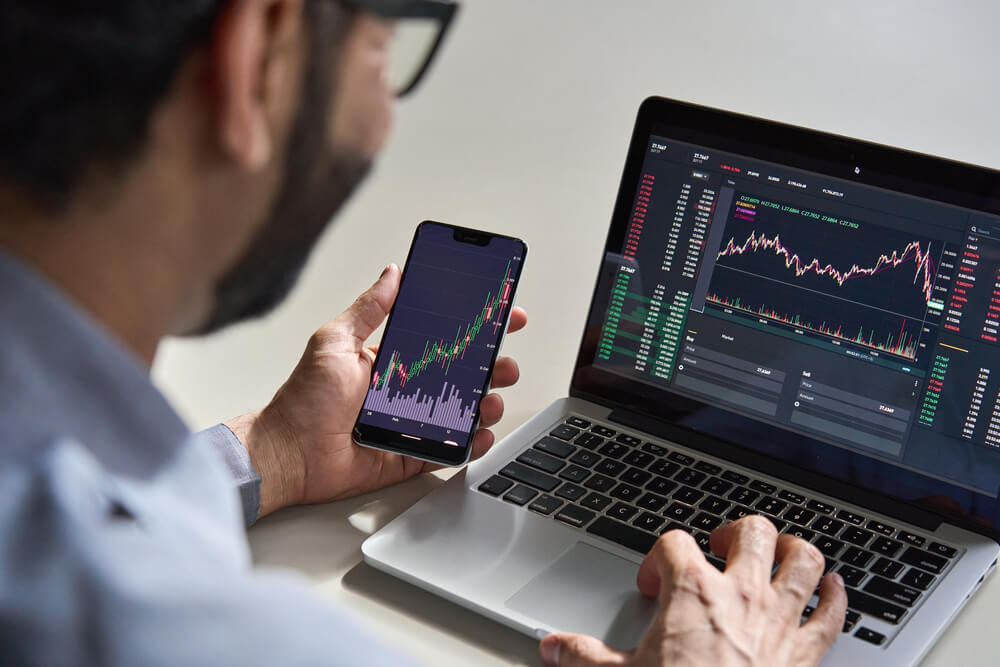
Advantages and Disadvantages of News Trading
News trading, which involves making trading decisions based on the release of economic data and other significant news events, has both pros and cons. Here are some of them:
Pros:
- Volatility Opportunities. News events often trigger significant volatility in the markets, creating opportunities for traders to profit from sharp price movements. High volatility can lead to rapid price changes, potentially resulting in substantial gains if positions are taken in the right direction;
- Market Inefficiencies. News releases can sometimes lead to temporary market inefficiencies, where prices deviate from their fair value due to rapid movements based on the news. Skilled traders can exploit these inefficiencies by quickly analyzing the news and entering trades before prices adjust;
- Quick Profits. Successful news traders can make quick profits by accurately predicting market reactions to news events. With proper analysis and timely execution, traders can capitalize on short-term price movements driven by news releases;
- Clear Catalysts. News events provide clear catalysts for market movements, making it easier for traders to identify potential trading opportunities and develop trading strategies around specific events;
- Diversification. News trading can offer diversification benefits for traders who primarily use technical analysis or other trading methods. Incorporating news-based trading strategies can help spread risk and enhance overall portfolio performance.
Cons:
- High Risk. News trading carries significant risk due to the potential for rapid and unpredictable market movements. Prices can swing violently in response to news events, leading to substantial losses if trades are not properly managed;
- Slippage and Execution Issues. During periods of high volatility, slippage, and execution delays can occur, causing trades to be executed at prices different from the intended entry or exit levels. This can erode profits and increase trading costs. Keep in mind that AMarkets notifies traders about such aspects in advance;
- False Signals. Not all news events result in predictable market reactions. Sometimes, markets may exhibit unexpected behavior or react differently from what traders anticipate, leading to losses even with careful analysis;
- Market Noise. The abundance of news and information in financial markets can create noise, making it challenging for traders to filter out relevant information and identify genuine trading opportunities;
- Competitive Environment. News trading requires quick decision-making and execution, especially in highly liquid markets where competition among traders is intense. Traders need to stay ahead of the competition and react swiftly to news releases to capitalize on opportunities.
Conclusion
News trading involves making trading decisions based on the release of economic data and significant news events in financial markets. Traders aim to capitalize on short-term price movements driven by market reactions to news releases, exploiting opportunities for profit. However, news trading carries a high risk due to market volatility, execution challenges, and the potential for unexpected outcomes, requiring traders to employ robust risk management strategies.
Trading news is not the only strategy you can apply to improve your results. Keep learning and practicing trading to reach financial independence. Join our Telegram channel for valuable insights, news, and exclusive promotions.
Recommended Reading:




